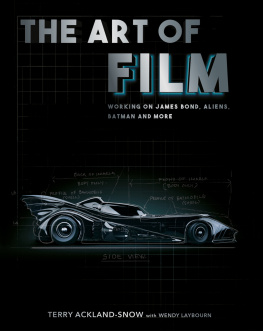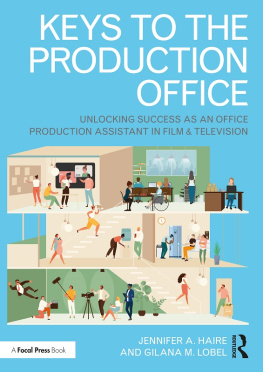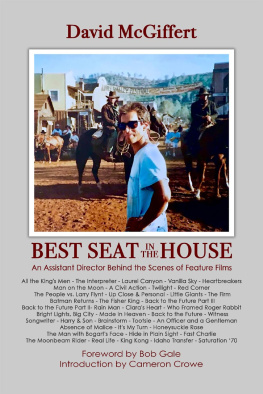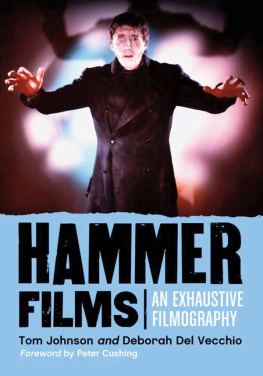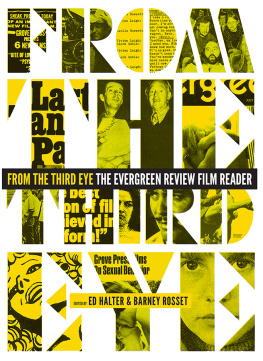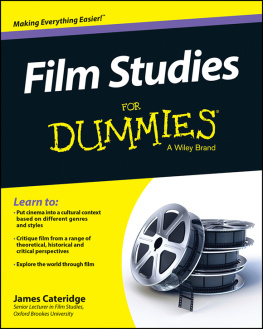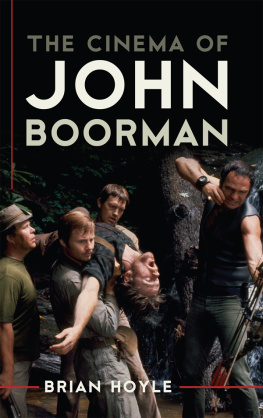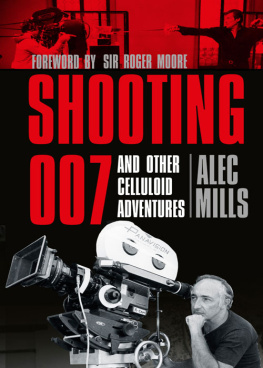Contents
Guide

Jacket illustrations:
Front: Plans for the Batmobile.
Back: Diagram of the layout for the cable car scene in On Her
Majestys Secret Service.
First published 2022
The History Press
97 St Georges Place, Cheltenham,
Gloucestershire, GL50 3QB
www.thehistorypress.co.uk
Terry Ackland-Snow, Wendy Laybourn, 2022
Front cover design Nicky Ackland-Snow, 2022
The right of Terry Ackland-Snow and Wendy Laybourn to be identified as the Authors of this work has been asserted in accordance with the Copyright, Designs and Patents Act 1988.
All rights reserved. No part of this book may be reprinted or reproduced or utilised in any form or by any electronic, mechanical or other means, now known or hereafter invented, including photocopying and recording, or in any information storage or retrieval system, without the permission in writing from the Publishers.
British Library Cataloguing in Publication Data.
A catalogue record for this book is available from the British Library.
ISBN 978 0 7509 9991 5
Typesetting and origination by The History Press
Printed in Turkey by Imak
eBook converted by Geethik Technologies
In memory of my brother, Brian Ackland-Snow, 19402013.

At the time of his death in 2013, my brother Brian hadnt worked for fourteen years due to the cruel illness Alzheimers Disease. However, his humour, compassion and generosity still shone through. He was a very unselfish man, both in the workplace and as a husband and father.
Brian loved drawing, art and model-making from an early age but, at our fathers insistence, he had to complete a carpentry apprenticeship with the family business before he started in design. After this he joined the art department at the Danziger Studio in Elstree as an assistant; his first film was The Road to Hong Kong at Shepperton Studios, where he worked for production designer Roger K. Furse.
He went on to work on many films and television programmes from 1962 until he retired, winning an Oscar in 1987 for Best Art Direction, a BAFTA for Best Production Design for A Room with a View and a Primetime Emmy for Outstanding Individual Achievement in Art Direction for the miniseries Scarlett.
Brians film and television credits include Without a Clue, A Room with a View, Superman III, The Dark Crystal, McVicar, Dracula, Death on the Nile, Cross of Iron, The Slipper and the Rose, Theres a Girl in My Soup, Battle of Britain, 2001: A Space Odyssey, The Quiller Memorandum, The Road to Hong Kong, The Magnificent Ambersons, Animal Farm, Kidnapped, Scarlett, Cadfael, The Man in the Brown Suit and Hart to Hart.
CONTENTS
FOREWORDS
Michael G. Wilson and Barbara Broccoli
Terrys first job for us was draughtsman for On Her Majestys Secret Service (1969) and, several years later, we were lucky to work with him again as an art director on location for The Living Daylights (1987), as well as with the late production designer Peter Lamont.
We are delighted that Terrys extensive career has led him to share his film-making passion through his courses at Pinewood Studios, training our next generation of art department creatives.
John Glen
I first met Terry Ackland-Snow when filming On Her Majestys Secret Service and our paths have crossed many times since, lastly on The Living Daylights.
When I look back, apart from throwing the best Christmas parties, the art department are the unsung heroes of the Bond movies. I remember filming in the desert and needing a towering bridge to carry away the fleeing horsemen and pursuing tanks. It doesnt rain very much in the desert, so an unimpressive structure across a small wadi was transformed by a foreground miniature into a bridge 90ft high with a silica river flowing beneath.
The miniature was built at Pinewood Studios and transported to Morocco so, with the aid of a nodal head camera mount, we were able to pan and zoom to capture the action taking place on the bridge, together with explosions.
This remains one of my very favourite shots and a lesson to any would-be film director.
Chris Kelly
Making movies for the cinema or television is a team game. No other form of art or entertainment calls for such a wide range of skills. Take a look at a film crew on location and youll be staggered by the number of vehicles and personnel. Do they really need all those people? Yes, is the answer. Every member of cast and crew has a vital part to play. All the glory goes to actors and directors but where would they be without an army in support? Producers, line producers, writers, directors of photography, lighting, sound recordists, production designers, costume designers, make-up, all with their own mini-departments, props, editors, carpenters, painters, accountants, caterers, drivers I could go on. Increasingly, over recent decades, an additional creative development has totally transformed the images we see on the screen: VFX (visual special effects generated on computers).
No one in the British film industry is better qualified to take an overview than veteran production designer (art director) Terry Ackland-Snow. Designer of dozens of films, from blockbusters to intimate dramas, he now runs successful courses at Pinewood, passing on with characteristic generosity the techniques hes learned over a long lifetime, which included earning a university doctorate in the process.
Its no secret that in film and TV large egos are not uncommon. Happily, Terry doesnt suffer from one. Having had the privilege of working with him over many years, I can vouch for the fact that he is invariably modest, unflappable, professional and endlessly inventive. In a word, hes the ideal guide.
PREFACE
BY WENDY LAYBOURN
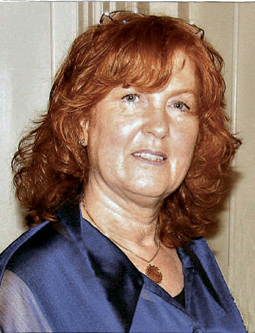
Terry Ackland-Snow has been dealing with the art of illusion for his entire working life and, no, hes not a member of the Magic Circle. Hes an art director and production designer in feature film production. Throughout his long career he has worked on more than eighty films and one or two well-known television series since he started in the industry as an apprentice at the age of 16.
In the Collins English Dictionary, illusion is defined as a deceptive impression of reality and in film production this definition is more relevant than you would think. The art department follows whatever style is required to construct the right backdrop for the performers and the rest of the production crew to work with, creating the illusion that sets the scene for the audience. Sorry if this spoils your viewing experience but whatever you see on the screen, no matter how real it looks, isnt necessarily what you think it is. Its all down to the smoke and mirrors created by the art director and their team.

